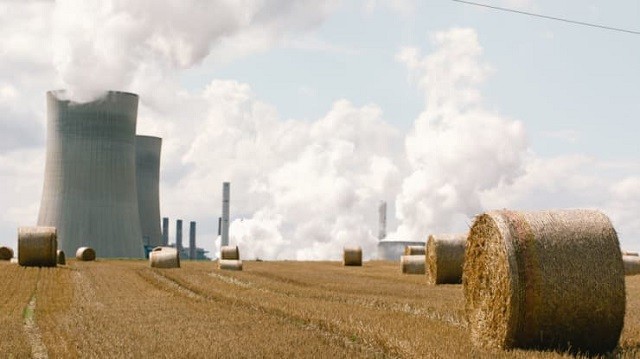 |
| In 2022, there will be a shortage of Russian gas but Europe will overcome a comprehensive energy crisis. (Source: Getty Images) |
Vulnerable gas market
For more than 50 years, Russia has been a reliable supplier of natural gas to Europe. The country has played a key role in promoting Europe’s business model based on exports and cheap energy. That model was thrown into disarray when Moscow launched a special military operation in Ukraine in February 2022.
The special military operation has been followed by an unprecedented series of Western sanctions against Russia, and natural gas has been exempted from any formal sanctions.
Moscow has responded to the European Union's support for Ukraine by tightening gas supplies to the 27-member bloc. Russian state-owned energy giant Gazprom has cut off gas flows through Nord Stream 1, Russia's largest gas pipeline to Europe.
By September 2022, the Nord Stream 1 and 2 pipelines were both severely damaged by explosions, the cause of which is still unknown.
The gas shortage has plunged Europe into an unprecedented crisis. In August 2022, gas prices in Europe rose to a record high of over 343 euros ($371) per megawatt hour.
However, Europe has weathered the full-blown energy crisis thanks to a warmer-than-usual winter, lower gas consumption and higher imports of liquefied natural gas (LNG) from around the world .
Still, there is no denying that the volatility of the gas market has forced energy-intensive industries such as chemicals, fertilizers and paper to close plants or cut production.
In Germany - Europe's largest economy - production in energy-intensive sectors has fallen by almost 20% compared to pre-war levels.
High energy prices have hurt Germany’s international competitiveness. According to a recent report by the German Chamber of Commerce and Industry, nearly a third of the country’s manufacturers are considering or planning to relocate abroad because of high domestic energy costs.
Meanwhile, although gas prices have fallen sharply over the past year, they are still trading at 35 euros per megawatt hour – much higher than levels seen in previous years.
Europe’s natural gas reserves are now more than 90% full, well ahead of the EU’s November 1 target. The region has largely replaced lost Russian supplies with gas from the United States, Norway and Qatar. But the gas market remains vulnerable next winter, as higher heating demand could quickly deplete inventories.
Russia lost its position
Experts say that for Russia - a country that used to transport two-thirds of its gas exports to Europe - the decision to close Nord Stream could have a negative impact.
Russian gas exports via pipeline to Europe are set to fall by almost 60% to 62 billion cubic metres (bcm) in 2022, forcing Gazprom to cut production by a fifth.
Mr. Simone Tagliapietra, energy expert at the Bruegel Institute in Brussels (Belgium) commented: "Russia has lost its position as a major gas exporter in the world."
Unlike oil, gas is less likely to find alternative markets because of its difficulty in transportation and the need for large investments in pipelines.
With much of its gas export infrastructure designed to serve European customers, Russia has struggled to divert gas to China and other customers in the East.
According to the Russian Finance Ministry, in the first five months of 2023, gas revenue fell by nearly 45% to 710 billion rubles (equivalent to 6.8 billion euros, 7.4 billion USD) compared to the same period last year. In the second quarter of 2023, Gazprom reported a loss of 18.6 billion rubles due to reduced gas flows to Europe.
Moscow sees Beijing as an alternative to the vast European market, but that would require building new pipelines to complement the existing Power of Siberia pipeline, energy analyst Mikhail Krutikhin noted.
“If Russia plans to build a pipeline to China with a capacity equivalent to that of pipelines to Europe, the country may have to wait several decades,” he said.
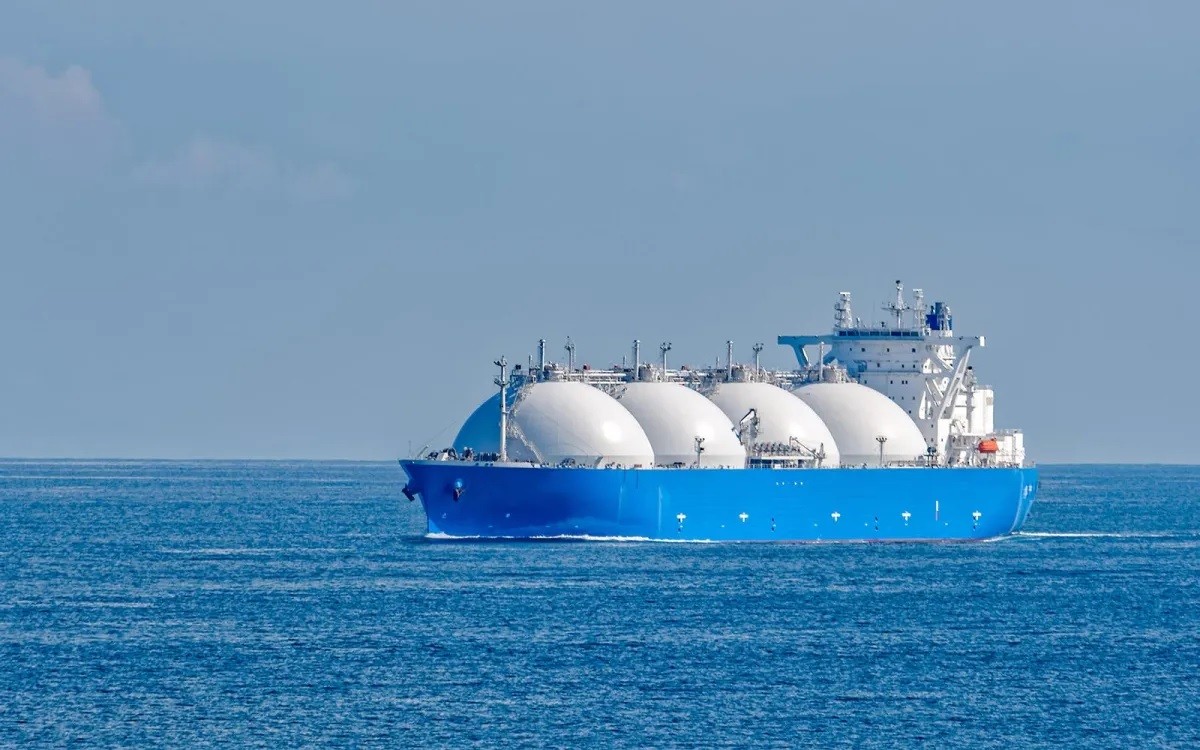 |
| Energy crisis in Europe. LNG tanker. (Source: istock) |
Europe "intoxicated" with Russian LNG
Experts also noticed a paradox happening in Europe. Although it has gradually "let go" of natural gas, this region is still "enthusiastic" about buying Russian LNG.
In the first 7 months of 2023, the EU purchased 21.6 million m3 of LNG from Russia. This amount of LNG accounts for 16% of the EU's total LNG imports and makes Russia the second largest LNG supplier to Europe, after the US.
The amount of imported LNG is 40% higher than the same period in 2021, before the special military operation in Ukraine began.
The Financial Times assessed that the above increase is considered very high, when the average growth rate in the world during the above period was only 6%.
Currently, Europe is actively contributing billions of euros to the Kremlin. In the first 7 months of 2023, Russia earned 5.29 billion euros (equivalent to 5.77 billion USD) from selling LNG to EU countries.
Of these, Belgium and Spain are the second and third largest importers of Russian LNG, respectively, after China.
The EU's increased imports of Russian LNG have undermined the bloc's plans to become independent of all its fossil fuels by 2027.
Earlier this year, EU Energy Commissioner Kadri Simson urged companies in the region to refrain from signing new contracts with Russian LNG suppliers, and countries such as the Netherlands and Spain are taking steps to stop buying the commodity.
But without any sanctions, permanently eliminating Russian gas will take more time, experts say.
Source


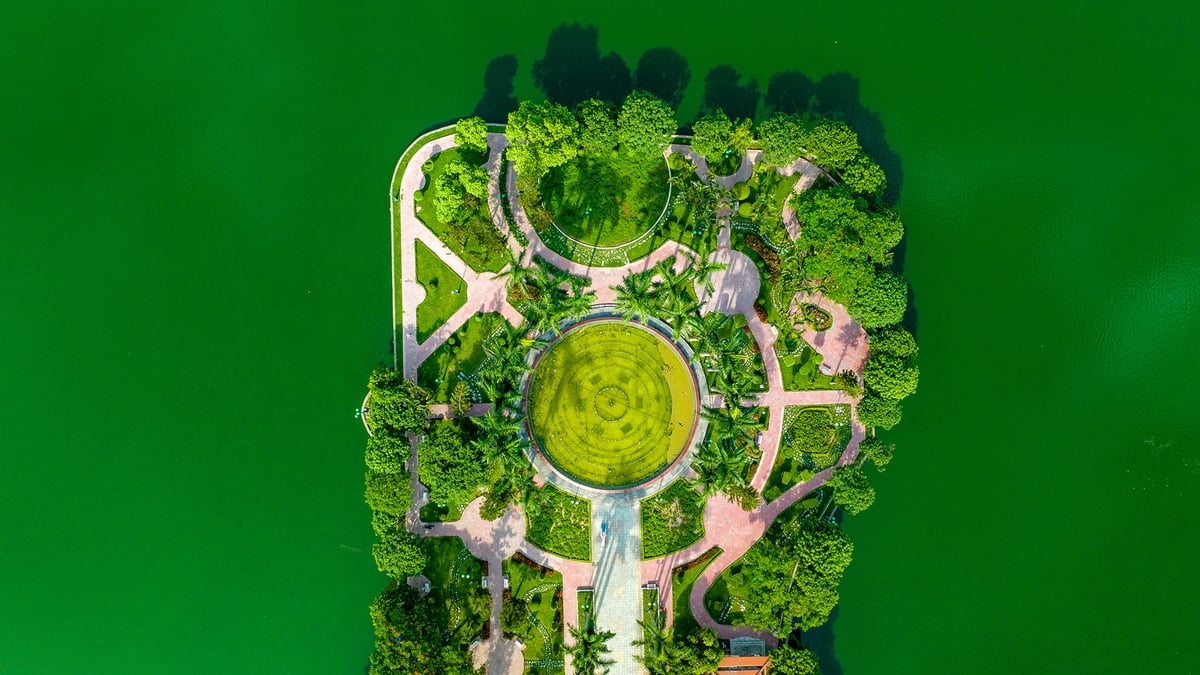


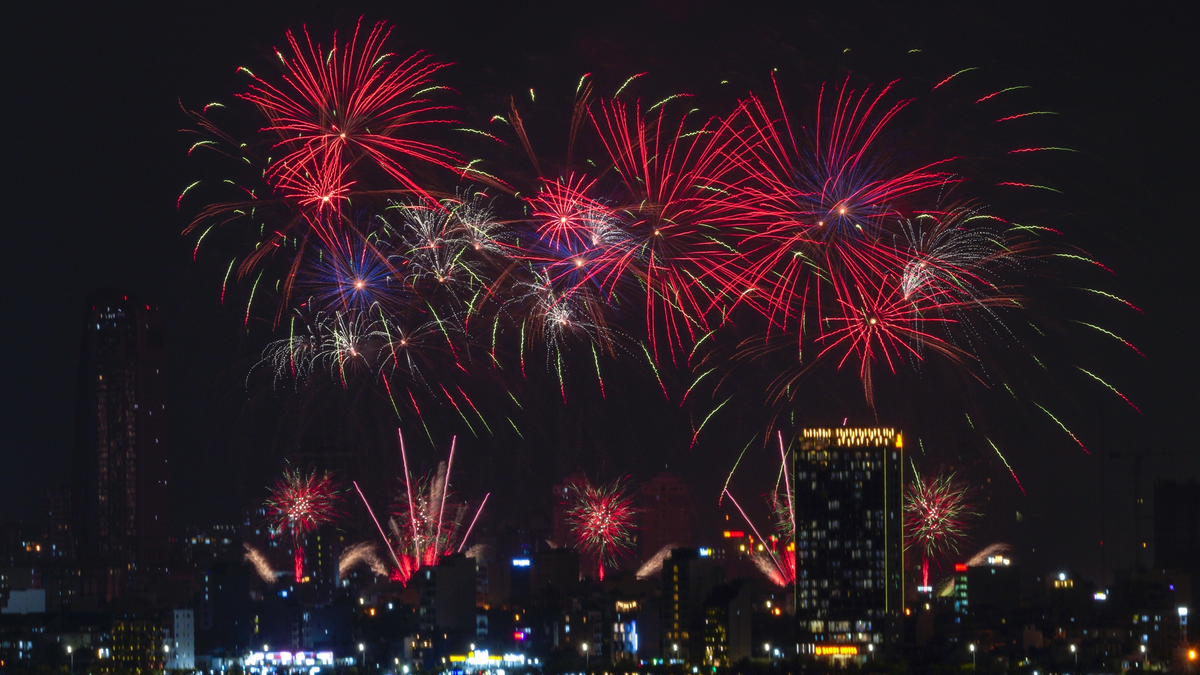


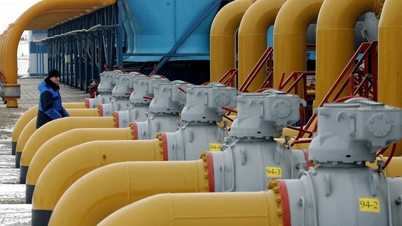

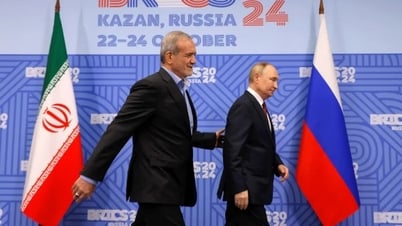

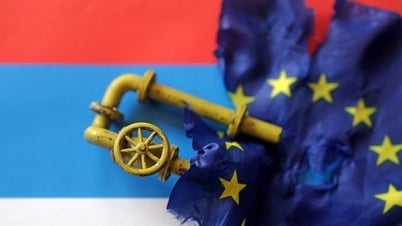

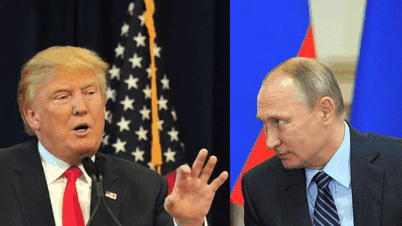



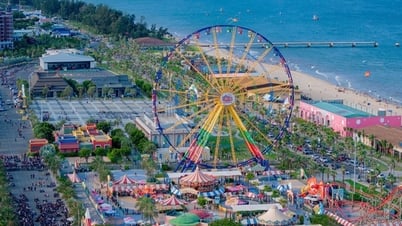







































![[Maritime News] Wan Hai Lines invests $150 million to buy 48,000 containers](https://vphoto.vietnam.vn/thumb/402x226/vietnam/resource/IMAGE/2025/6/20/c945a62aff624b4bb5c25e67e9bcc1cb)











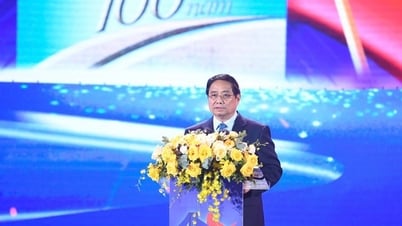

![[Infographic] Party Committee of the Ministry of Culture, Sports and Tourism: Marks of the 2020 - 2025 term](https://vphoto.vietnam.vn/thumb/402x226/vietnam/resource/IMAGE/2025/6/22/058c9f95a9a54fcab13153cddc34435e)










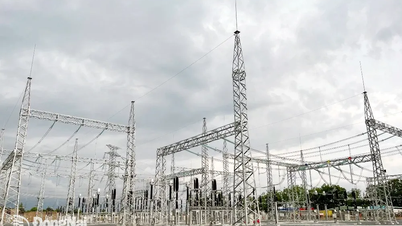













Comment (0)